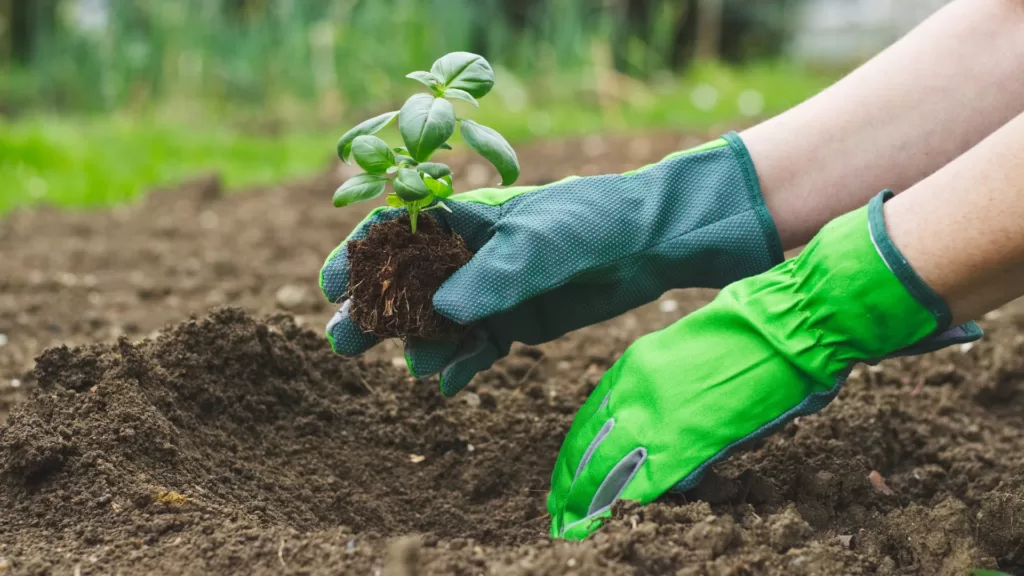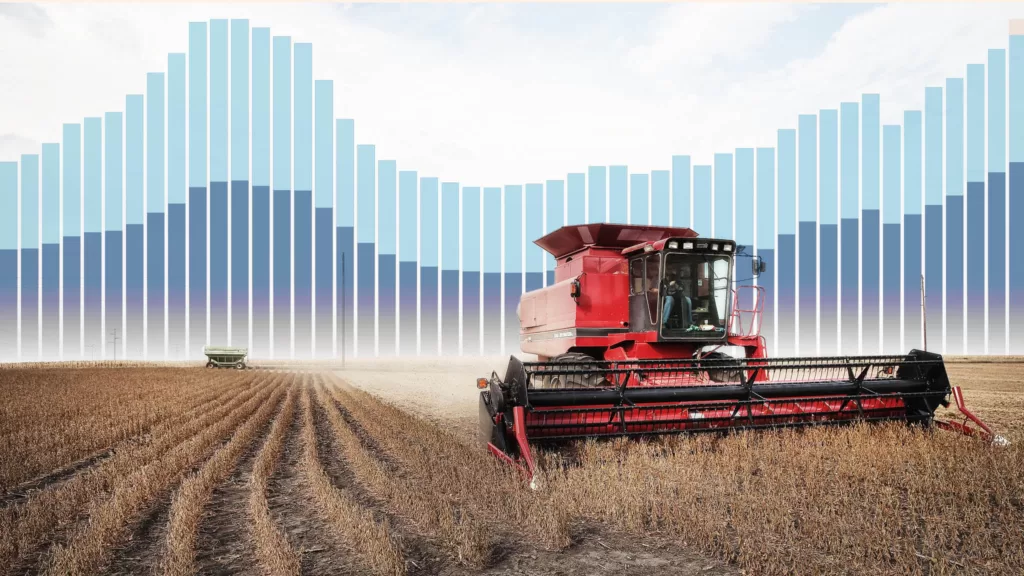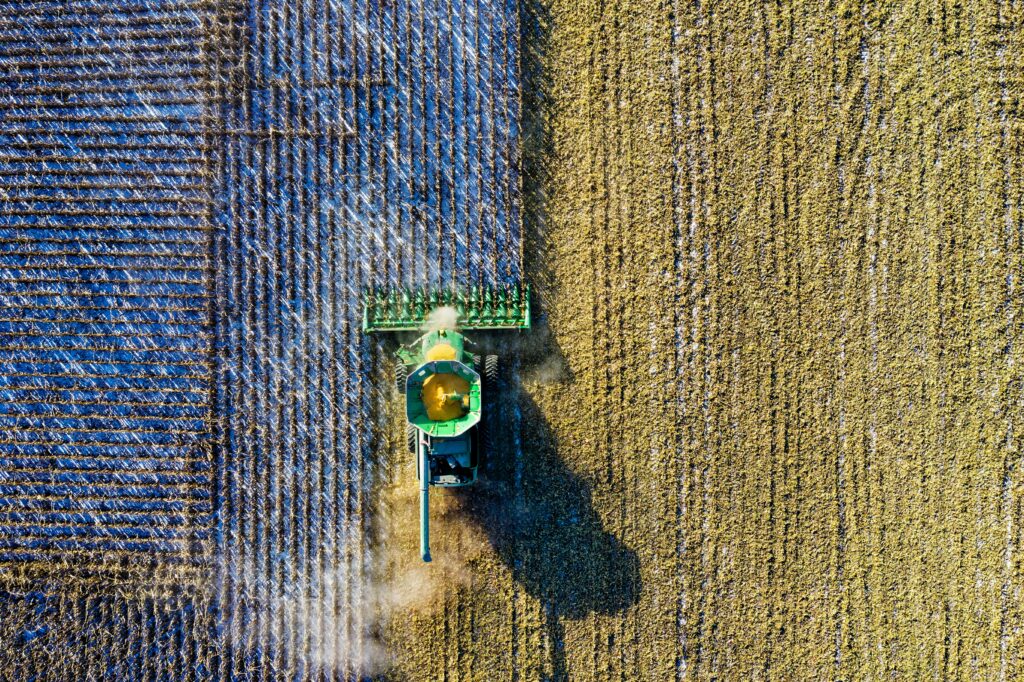Composting kitchen waste is a great way to reduce the amount of organic matter that ends up in landfills, and it also creates a rich soil amendment for your garden. Here are some basic instructions for composting kitchen waste:
- Choose a location for your compost bin or pile. It should be in a convenient spot in your yard that gets some sunlight, but is also sheltered from strong winds.
- Create a mixture of “brown” and “green” materials. “Brown” materials include dry leaves, straw, and wood chips, while “green” materials include kitchen scraps, grass clippings, and plant trimmings. A good ratio to aim for is about three parts brown materials to one part green materials.
- Add your kitchen scraps to the compost pile, along with any other organic waste such as yard trimmings. Avoid adding meat, dairy, or oily foods, as they can attract pests and create unpleasant odors.
- Mix the materials in the pile and make sure they are moist but not waterlogged. Add water as needed.
- Turn the pile occasionally to aerate it, which will speed up the decomposition process.
- Depending on the temperature, the composting process can take anywhere from several weeks to several months. The compost is ready to use when it is dark and crumbly and has an earthy smell.
It’s also a good practice to have a small bin or container near your kitchen to store the scraps before transferring it to the compost pile.
Table of Contents
Introduction to Composting
Composting is the process of breaking down organic matter, such as kitchen scraps and yard waste, into a nutrient-rich soil amendment that can be used to improve the fertility of gardens and landscapes. It is a natural process that occurs when microorganisms, such as bacteria and fungi, decompose the organic material.
The key to successful composting is creating the right conditions for the microorganisms to thrive. This includes maintaining the right balance of “brown” and “green” materials, keeping the compost pile moist but not waterlogged, and providing enough air circulation.
“Brown” materials, such as dry leaves and straw, are high in carbon and provide the energy that the microorganisms need to break down the organic matter. “Green” materials, such as kitchen scraps and grass clippings, are high in nitrogen and provide the protein that the microorganisms need to grow and reproduce.
Composting can be done using a variety of methods, from simple backyard piles to more complex bin and tumbler systems. Some people also choose to use worm composting, which uses red wiggler worms to break down the organic material.
The end product of the composting process is a dark, crumbly, and earthy-smelling soil amendment that can be used to improve the health of your plants and gardens. Composting is an easy and sustainable way to reduce waste and create a valuable resource for your backyard.
Benefits of Composting
Composting has many benefits, both for the environment and for your own personal use. Here are a few of the main benefits of composting:
- Reducing waste: Composting can greatly reduce the amount of organic matter that ends up in landfills. According to the Environmental Protection Agency, yard trimmings and food scraps make up about 28% of the waste stream in the United States. By composting these materials, you can significantly reduce the amount of waste you produce.
- Improving soil health: Compost is a rich, organic soil amendment that can improve the fertility and health of your garden. It contains a variety of essential nutrients, such as nitrogen, phosphorus, and potassium, as well as trace minerals and beneficial microorganisms.
- Supporting biodiversity: Composting can help to support biodiversity by creating habitats for wildlife and beneficial insects in your backyard.
- Reducing the use of synthetic fertilizers: Composting can reduce the need for synthetic fertilizers, which can have negative environmental impacts and can be costly.
- Saving money: Composting can save you money by reducing the need to purchase expensive soil amendments, and also reducing the amount of waste which need to be disposed.
- Providing a closed-loop nutrient cycle: Composting is a form of closed-loop nutrient cycle, where waste material from one process is used to benefit another process, in this case, the compost is used to fertilize the plants, creating a sustainable environment.
- Climate Change: Composting is a way to sequester carbon. By breaking down carbon-rich organic matter, composting can help to reduce the amount of carbon dioxide in the atmosphere.
It’s a simple and easy process that can have many benefits for the environment, your own personal use and can also help to reduce the carbon footprint.
How to Compost at Home
Composting at home is a simple and easy way to reduce waste and create a valuable soil amendment for your garden. Here are some steps to help you get started with composting at home:
- Choose a location for your compost bin or pile. It should be in a convenient spot in your yard that gets some sunlight, but is also sheltered from strong winds.
- Create a mixture of “brown” and “green” materials. “Brown” materials include dry leaves, straw, and wood chips, while “green” materials include kitchen scraps, grass clippings, and plant trimmings. A good ratio to aim for is about three parts brown materials to one part green materials.
- Add your kitchen scraps and other organic waste to the compost pile. Avoid adding meat, dairy, or oily foods, as they can attract pests and create unpleasant odors.
- Mix the materials in the pile and make sure they are moist but not waterlogged. If the pile is too dry, add water until it is damp like a wrung-out sponge.
- Turn the pile occasionally to aerate it, which will speed up the decomposition process. If you have a bin, you can use a compost aeration tool or a pitchfork to do this.
- Monitor the temperature of the compost, ideally it should be around 150-160F, this will help to speed up the composting process.
- Depending on the temperature and the materials you are using, the composting process can take anywhere from several weeks to several months. The compost is ready to use when it is dark and crumbly and has an earthy smell.
- Once your compost is ready, use it to improve the health and fertility of your garden. You can spread it on the soil surface, till it into the soil or use it as a top dressing around your plants.
It’s a good practice to have a small bin or container near your kitchen to store the scraps before transferring it to the compost pile. You can also consider setting up a worm bin to speed up the process. Composting can also be done in small apartments using worm composting method.
Types of Compost Bins
There are several different types of compost bins that you can use to compost at home, each with its own set of benefits and drawbacks. Some popular types of compost bins include:
- Tumbler Compost Bin: Tumbler compost bins are designed to make turning the compost pile easy, they are often cylindrical in shape, and can be rotated or “tumbled” to aerate the compost. These are good choice if you have a small yard or want to contain the compost in a small area.
- Wire Bin Compost Bin: Wire bin compost bins are made of wire mesh and are often square or rectangular in shape. They are easy to set up and are good for small to medium-sized yards. These bins have good air circulation which is good for maintaining the composting process.
- Wooden Compost Bin: Wooden compost bins can be constructed from a variety of materials, including pallets or lumber. They are often square or rectangular in shape and can be painted or stained to match the aesthetic of your yard. These are good for keeping the compost contained and helps to maintain the temperature.
- Plastic Compost Bin: Plastic compost bins are made of durable, weather-resistant plastic. They often have lids to keep out rain and animals and may have multiple chambers to make it easier to turn the compost.
- Sheet-Mulching Composting: This method of composting is simply layering of organic matter in the spot where you want to create the compost. Its the most natural way of composting and requires no container, but can take up more space and will take a longer time to decompose.
- Bokashi Composting: Bokashi composting is a type of anaerobic composting method, where you use specific microorganisms to ferment the kitchen scraps, instead of traditional aerobic decomposition. This method is good for apartment or small space where outdoor composting is not possible.
Ultimately the type of compost bin you choose will depend on the size of your yard, your budget, and personal preferences. You should consider the space you have, the materials you have and the time you’re willing to put into the process.
How to setup Your Compost Bin
Setting up a compost bin is a simple process that can be completed in a few easy steps:
- Choose a location for your compost bin. It should be in a convenient spot in your yard that gets some sunlight, but is also sheltered from strong winds. Avoid low-lying areas that may collect water during heavy rains.
- Build your compost bin. If you are building a wooden bin, you can use lumber or pallets to construct the walls of the bin. You can also use wire mesh to create a wire bin compost, or buy a ready-made plastic compost bin. Make sure that the bin has a lid or cover to keep out rain and animals.
- Add a mixture of “brown” and “green” materials. “Brown” materials include dry leaves, straw, and wood chips, while “green” materials include kitchen scraps, grass clippings, and plant trimmings. A good ratio to aim for is about three parts brown materials to one part green materials. Start by adding a layer of brown materials to the bottom of the bin, then add a layer of green materials on top.
- Keep the compost moist but not waterlogged. If the pile is too dry, add water until it is damp like a wrung-out sponge.
- Turn the pile occasionally to aerate it. This will help to speed up the decomposition process. If you have a bin, you can use a compost aeration tool or a pitchfork to do this.
- Monitor the temperature of the compost pile, ideally it should be around 150-160F to help speed up the composting process.
- Once your compost is ready, use it to improve the health and fertility of your garden. You can spread it on the soil surface, till it into the soil or use it as a top dressing around your plants.
It’s good practice to have a small bin or container near your kitchen to store the scraps before transferring it to the compost pile. Additionally, it may be helpful to keep a small rake or pitchfork nearby to turn the compost and maintain the right level of moisture.
Maintaining Your Compost Bin
Maintaining a compost bin is an important part of the composting process and helps to ensure that the organic material breaks down efficiently. Here are some tips for maintaining your compost bin:
- Keep a balance of “brown” and “green” materials: To ensure that the compost breaks down efficiently, it’s important to maintain the right balance of “brown” and “green” materials. A good ratio to aim for is about three parts brown materials to one part green materials.
- Add water as necessary: Compost should be moist but not waterlogged. If the pile is too dry, add water until it is damp like a wrung-out sponge.
- Turn the compost regularly: Turning the compost pile helps to aerate it, which speeds up the decomposition process. Aim to turn the pile every 2-3 weeks, or more often if it starts to smell or look slimy.
- Monitor the temperature: The ideal temperature range for a compost pile is between 130-160F. When the pile is too cold, it will decompose slowly, and when it’s too hot, it could kill the beneficial microorganisms. You can use a compost thermometer to monitor the temperature.
- Check for pests: Occasionally check the compost pile for pests such as rodents, or ants, if you notice any pests, it’s important to take action to remove them to avoid them from moving into your home.
- Be mindful of what you add: Avoid adding items that don’t break down easily such as plastic, metal or glass, also avoid adding meat, dairy, or oily foods, as they can attract pests and create unpleasant odors.
- Be patient: Composting can take time, depending on the temperature, it can take anywhere from several weeks to several months. Be patient and allow the compost to fully decompose before using it in your garden.
By following these tips and maintaining the right conditions, your compost bin will be producing nutrient-rich soil amendment that can be used to improve the fertility of your garden and landscapes in no time.






